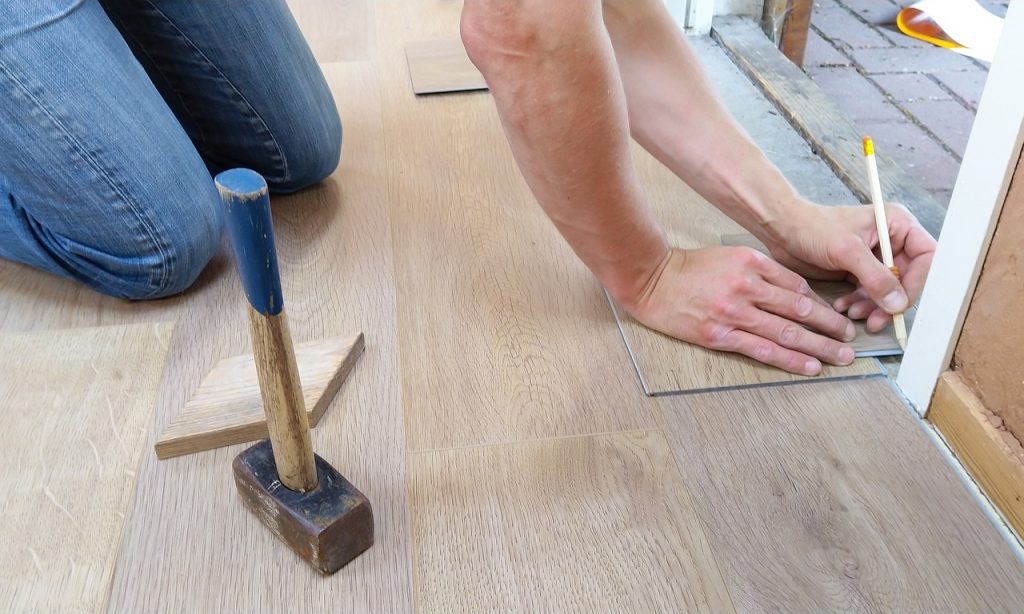While choosing a flooring option for your home or commercial property, there are a number of factors that need to be considered before making any decision. And once you have decided to go for wood flooring, there are some other choices to make. The biggest of them is – should you go for floated wood floors or glued wood floors?
Any type of floorings like engineered wood floors, laminate wood floors, or even hardwood floors—have these two forms of installation.
What is glued-down wood flooring?
Gluing is one of the installation methods of floors. Usually, the subfloor plank is secured to the main floor plank using some kind of adhesive. You can use polymer or old-fashioned Bitumen.
At first, an even layer of glue or adhesive is applied to the surface of the subfloor and edges. Once the planks are secured to one another, it is slotted into place.
What is floating wood flooring?
Floating works like a tongue and groove system. Here the floor planks are installed to the floor without being secured to the subfloor.
Nothing is directly holding the planks to the subfloor. The weight of the floor is holding the planks, and they are connected by gluing tongue and groove method or by clicking.
What are the differences between the two?
Honestly, glued down floors are a more popular method of floor installation as it provides more stability. However, glued-down flooring also requires an ample amount of time to dry. Floating floors are very easy to install, and there isn’t any period of waiting for the substances to dry.
Due to its stability, there is no creaking noise of movement when you walk on glued wooden floors. Moreover, glued floors are compatible with any subfloors—no matter how uneven it is! So, if your property has issues regarding your subfloor, it is better to play safe and glue the planks.
Hardwood floors especially need professional expertise to glue down, which often adds up to the cost. If you are a new homeowner, there are chances that you will have some shortage of capital. Floating floors can be DIY-ed, and you can save some bucks. Also, with any leaks or dents, floating floors are easier to lift up and re-install. This also applies to refurnishing floors.
Glued flooring installation cannot be handed to a non-professional. If you don’t have prior experience with construction work, it can get messy. The floors will end up not sticking properly, especially for parquet floors like oak herringbone flooring. It needs an expert to lay the planks correctly to achieve that beautiful fishbone pattern in your home. This adds up to the overall budget of the house.
On the other hand, there are certain drawbacks to floating floors. If you have a home with high foot traffic (children, pets), the chances are that while shifting furniture, your floors can shift slightly. You might find lighter items moving out of their place due to constant vibration.
What method should you be choosing?
While considering the flooring option for your home, try to understand your preferences, future ideas, and space and budget. For instance, a commercial area with lots of foot traffic isn’t ideal for floating wood floors.
The decision also depends on the kind of flooring you are investing in. For instance, solid wood flooring is high maintenance. They are more susceptible to movement and are inherently less stable to humidity. Thus, for solid wood floors, we recommend opting for gluing method than floating. This will also keep your flooring intact for decades, increasing your resale value.
But, for engineered wood flooring, floating can be an option. Engineered wood floors are more robust and resistant to external pressure, humidity, or temperature change.
Are you looking for beautiful flooring options for your new home? Speak with the experts at Floorsave. They will help you make a worthy decision based on your preferences, budget, style, and other essential factors.

